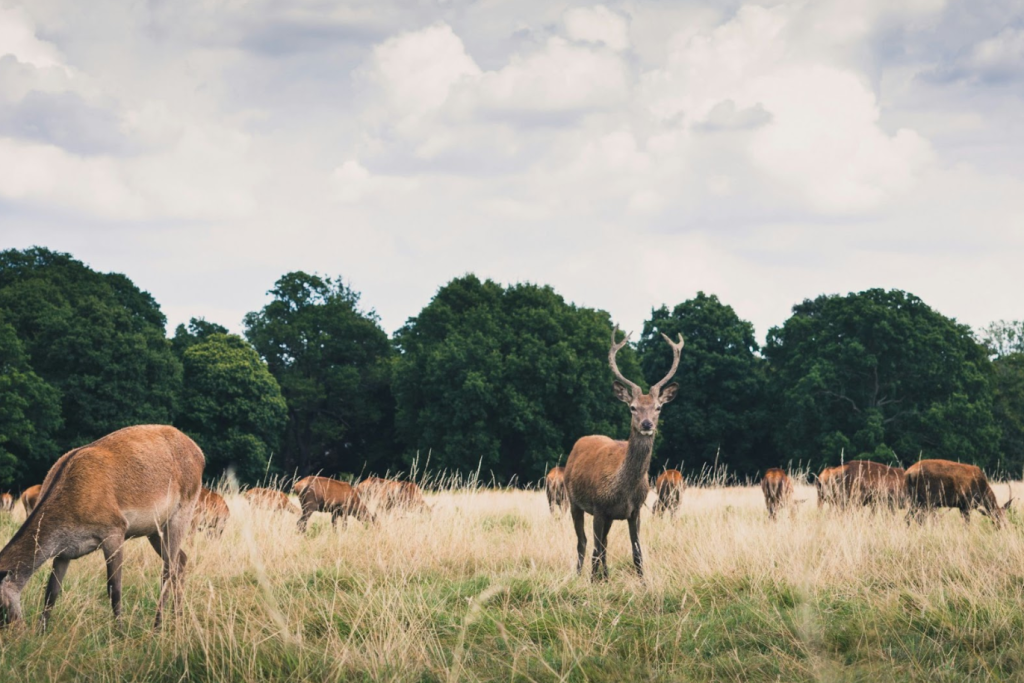With the Easter holidays just around the corner, families up and down the country will soon be looking for ways to entertain the whole family outside of the tried and tested activities.
As Google searches for ‘free days out’ increase by 23% year on year thanks to the ongoing cost of living crisis, and with more than 6,000 monthly searches across the UK for ‘Easter activities’, we have rounded up the 10 most popular places to take the whole family, if wildlife watching is something the kids have on their holiday to-do list.
We’ve looked for the walking spots with the most reviews across the AllTrails adventure app, Tripadvisor and Google, as well as those which have the most search volume on Google, to identify the ten most popular places to go to spot wildlife – now all you have to do is remember to pack your walking shoes!
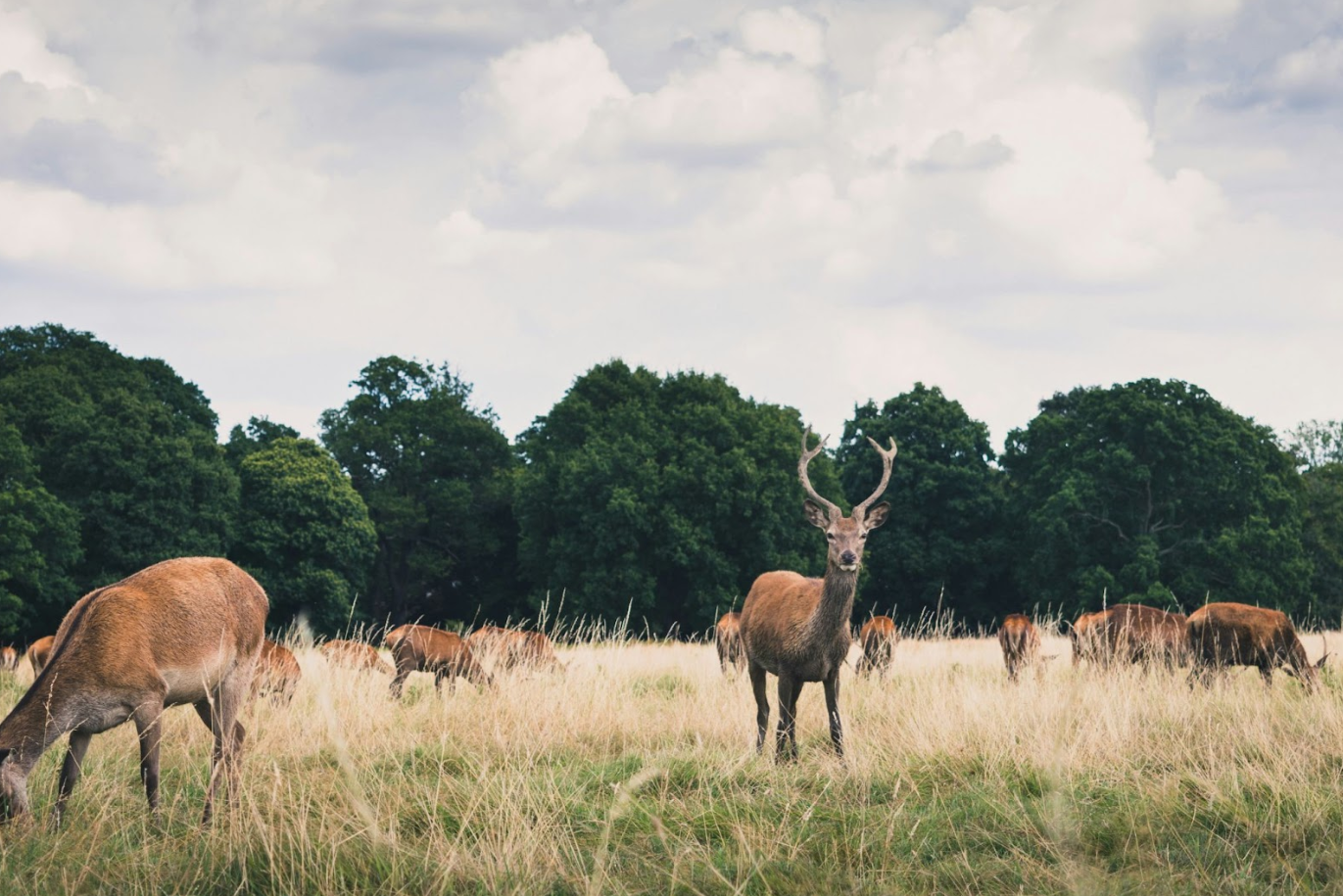 Photo by Johan Mouchet on Unsplash
Photo by Johan Mouchet on Unsplash
-
Richmond Park, London
With the most Google reviews of all the analysed locations across the UK (26,168) and a whopping 60,500 Google searches every month, Richmond Park in South West London is the most popular place for a spot of wildlife watching.
The park’s resident fallow and red deer are the main draw for families, but plenty of other native wildlife can be found here, including owls, bats, woodpeckers, falcons and more. According to AllTrails there are around 12 different trails that can be taken throughout the park, so there’s bound to be a walk suitable for the whole family.
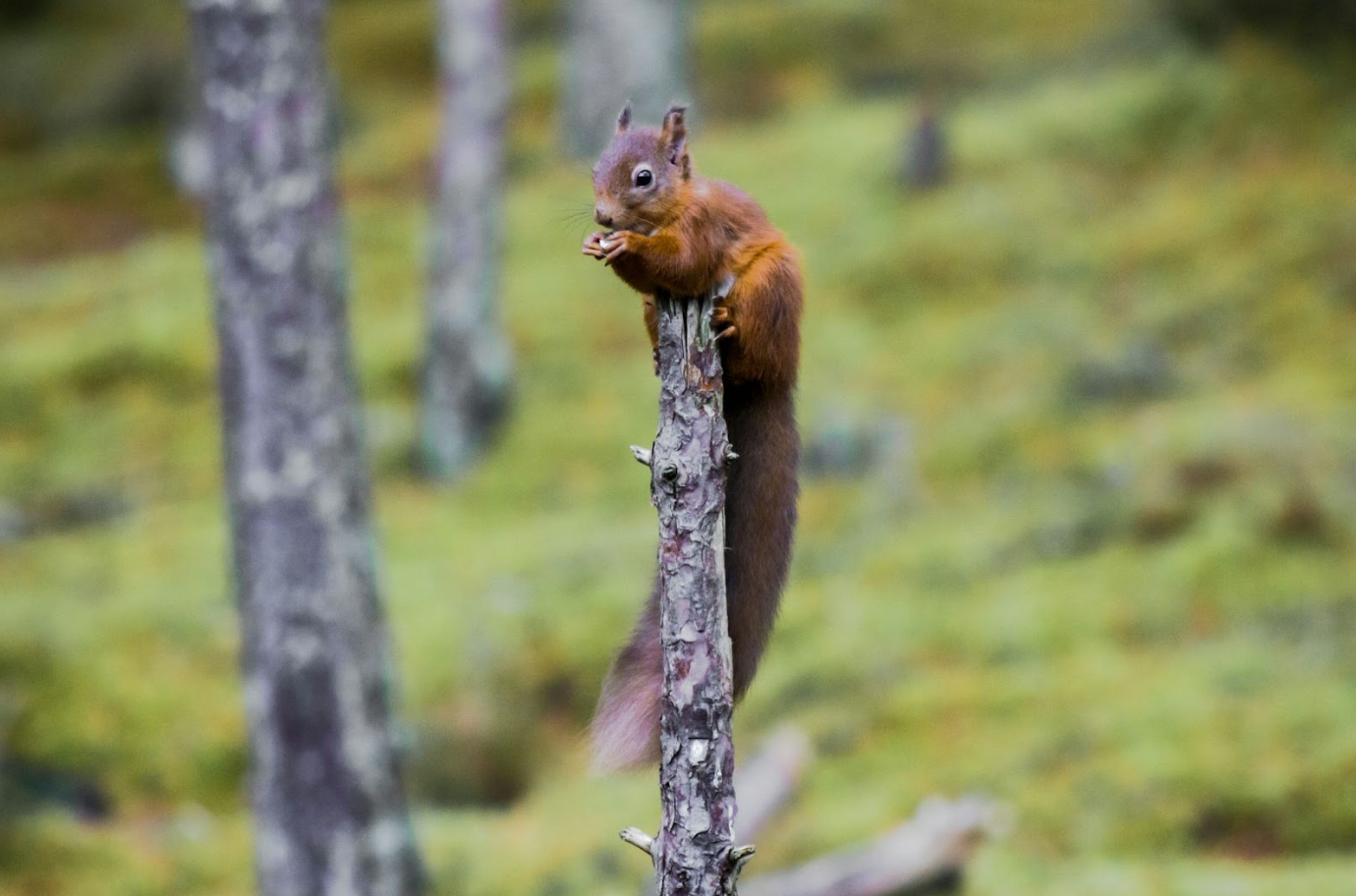 Photo by Benjamin Blyth on Unsplash
Photo by Benjamin Blyth on Unsplash
-
Cairngorms National Park, Scottish Highlands
The Cairngorms National Park has over 350 different walks to choose from when visiting the local wildlife this Easter break. From easy strolls to strenuous hikes and over 14,200 reviews from happy walkers on AllTrails, this is the best place in Scotland to find red deer, red squirrels, harbour seals, otters and golden eagles.
In addition to the ‘top five’, this idyllic landscape is also home to mountain hares, wildcats and pine martens, as well as a quarter of the UK’s threatened species; if wildlife watching is on the agenda this Easter, this spot has to be on your list.
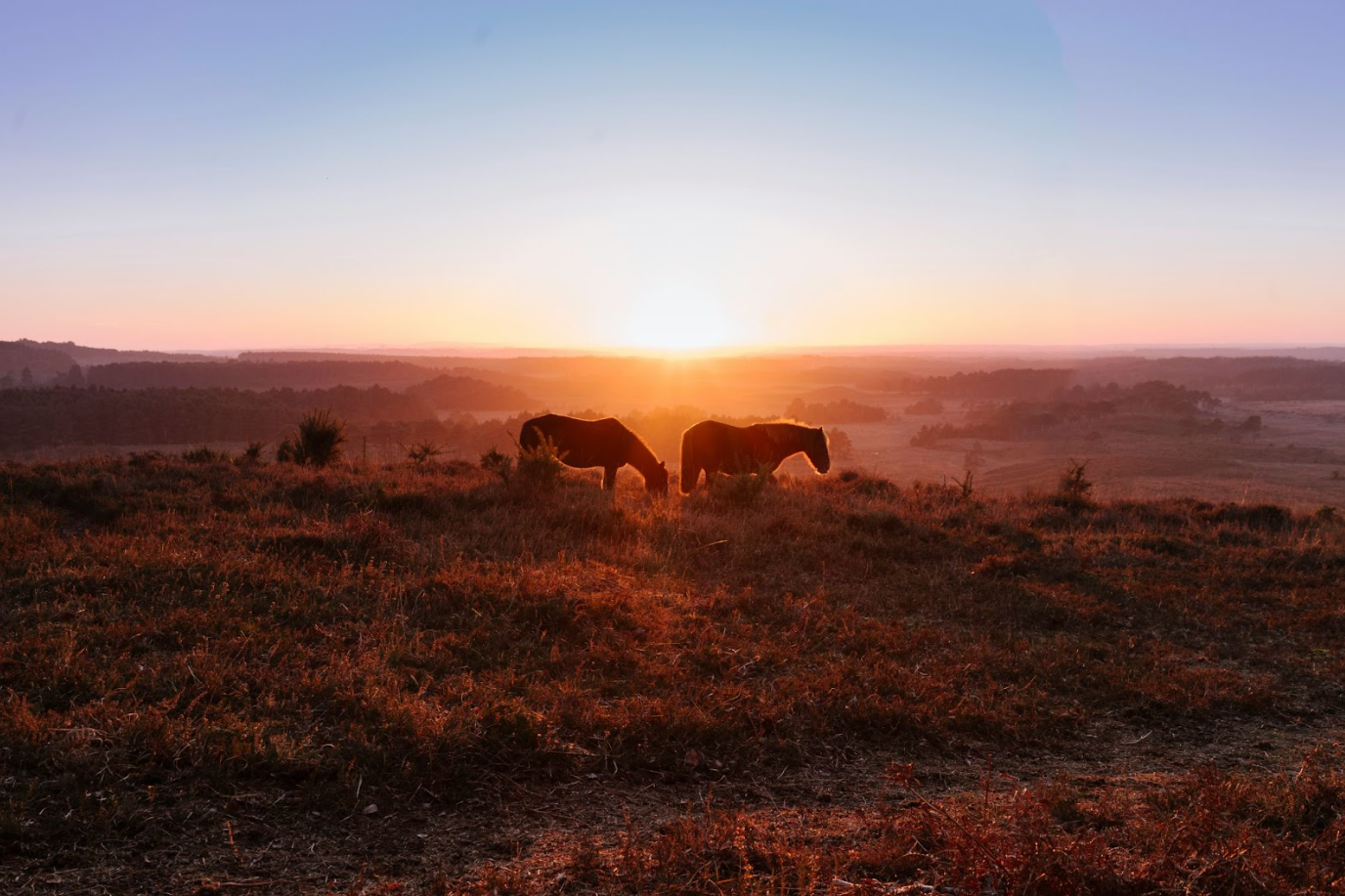 Photo by Neil Cooper on Unsplash
Photo by Neil Cooper on Unsplash
-
New Forest National Park, Hampshire
With the second-highest number of reviews on both AllTrails (16,156) and Google (23,015), the New Forest is 285 square miles of trails which are home to over 5,000 wild ponies who have the legal right of way ahead of humans, and even cars.
For thousands of years the wild horses have roamed free across the national park, trotting across roads and grazing their way across the breathtaking fields, helping to keep the New Forest in top condition. With over 250 trails to pick from, you’re bound to run into these wild beasts – just don’t get too close as they’re not used to human contact.
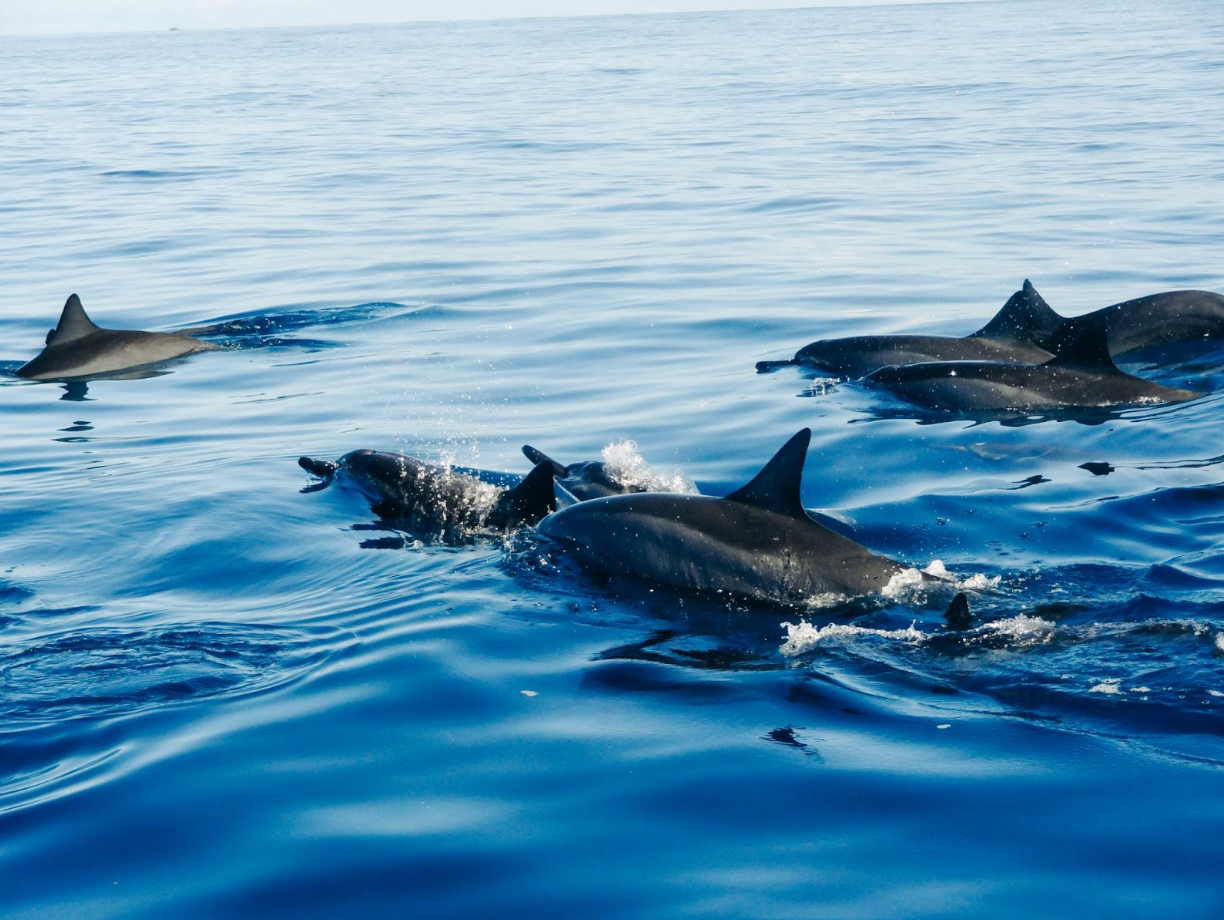
Photo by Shelby Cohron on Unsplash
-
Mwnt Beach, Cardigan Bay, Wales
The Cardigan Bay area has around 11 different coastal and nature walks to choose from, and more than 300 reviews from happy AllTrails and 985 Tripadvisor users, landing it in fourth position.
Home to several Special Areas of Conservation as well as a Marine Heritage Coast, Cardigan Bay is the best place to head to if bottlenose dolphins are your preferred wildlife to watch. Alongside the harbour porpoise, Atlantic grey seals and an array of seabirds, these marine animals can be found pretty much year-round.
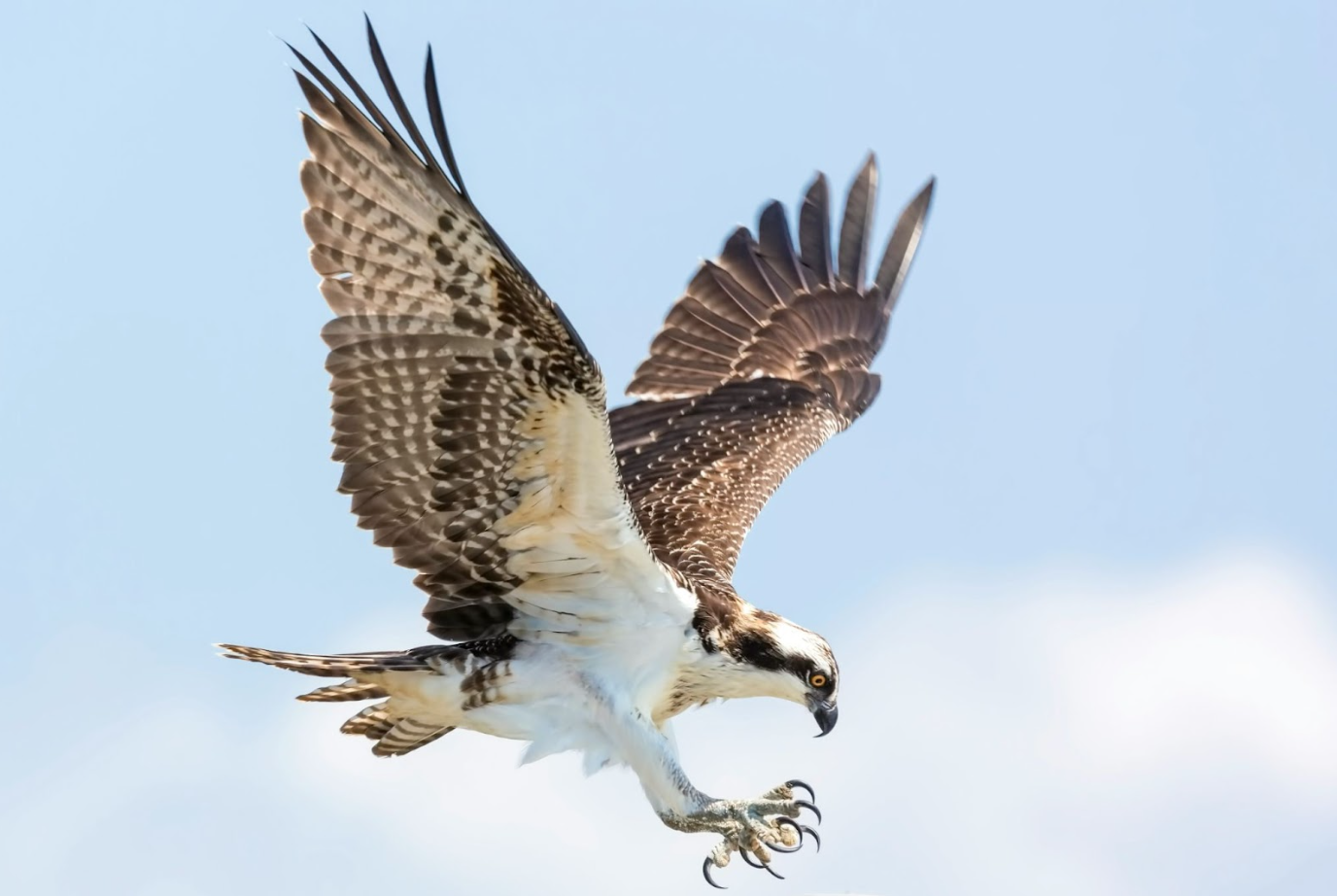
Photo by Mathew Schwartz on Unsplash
-
Rutland Water, East Midlands
Ospreys were only introduced to Rutland Water in 2001 but today around 150 of these birds of prey have taken up residence in the area. For an up close and personal look at these beautiful birds, there is a water-front hide along Manton Bay where you can watch them nesting and catching fish.
According to AllTrails there are around five different walks to take around the area, and with more than 40,500 Google searches for this location every month, Rutland Water is the second-most searched walk on the list.
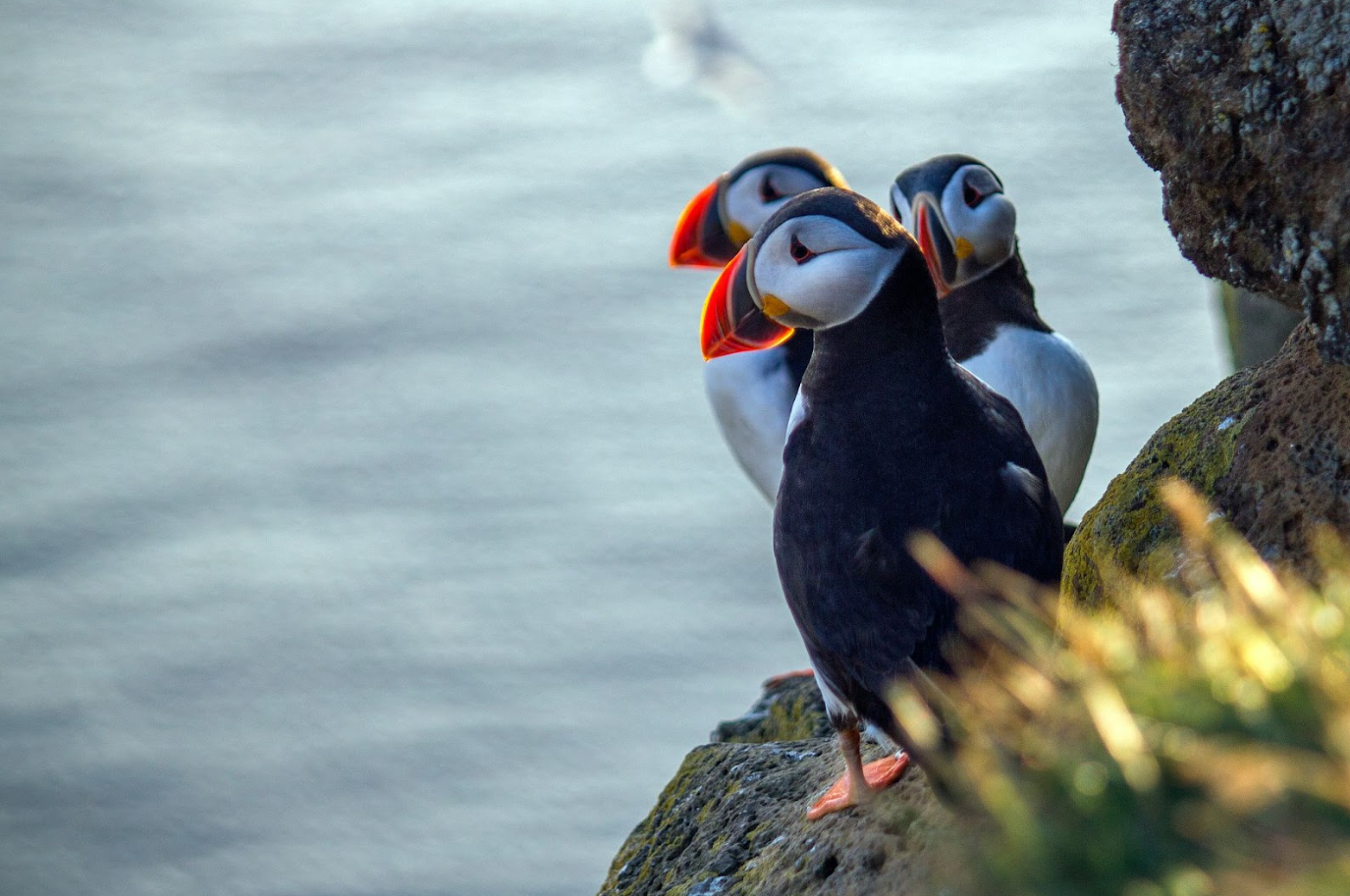
Photo by Michael Blum on Unsplash
-
Lundy Island, Devon
If puffins are you preferred animal to spot, then Lundy Island is your best bet. Be warned though: this is the UK’s first ever designated marine nature reserve and the small island has no roads linking the varied landscape, so you’ll need to remember your walking shoes!
As well as the puffins, Manx shearwaters also make their colonies around the rugged cliffs, while the surrounding water is home to grey seals, dolphins, porpoises and even some sharks on occasion. While inland you’re likely to come across wild ponies, Sika deer, fluffy Soay sheep and maybe even a long-snouted pygmy shrew!
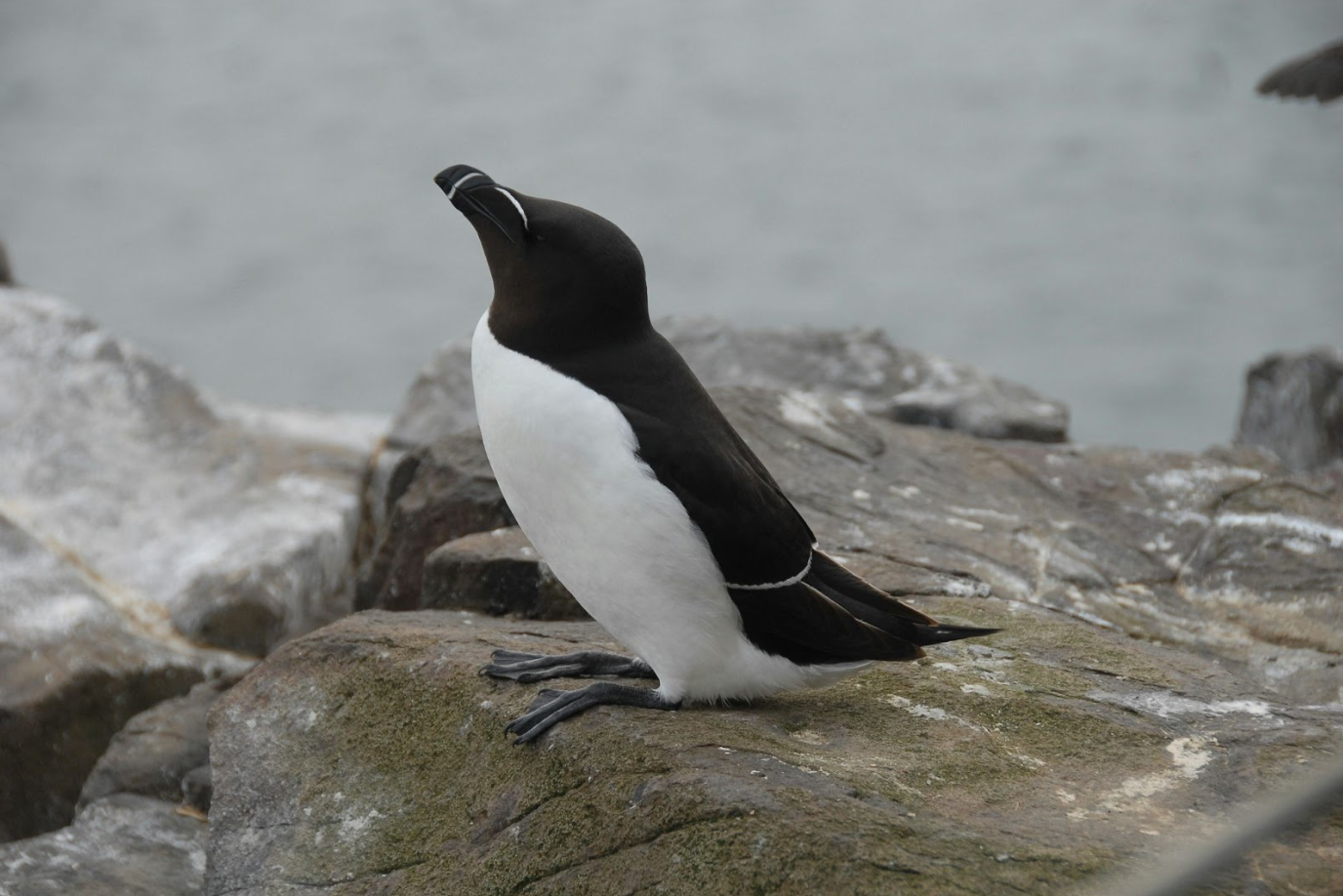
Photo by Chris J Walker on Unsplash
-
Farne Islands, Northumberland
Late spring into early summer is the best time to find the colonies of puffins breeding off the salt-scuffed cliffs of Northumberland’s Farne Islands, but don’t let that stop you from visiting the colony from the viewing boardwalk this Easter half term.
With almost 750 reviews on Tripadvisor and 9,900 Google searches every month across the UK, the Farne Islands are a wonderful spot for a family-friendly adventure.
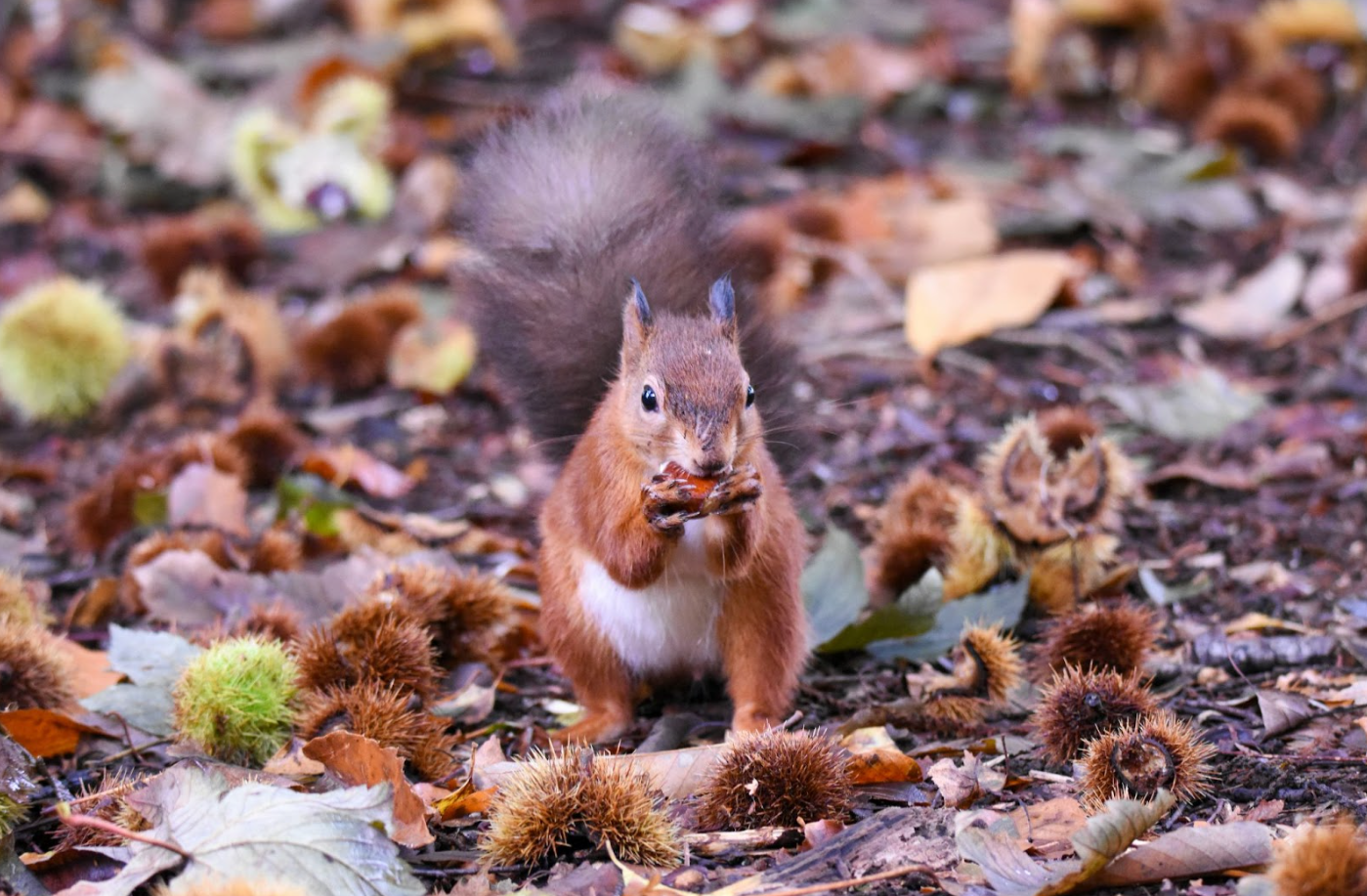
Photo by Tim Morgan on Unsplash
-
Brownsea Island, Dorset
Unlike its grey cousin, the red squirrel is considered to be an endangered species, with only a few places across the UK where they still call home. The entirety of Brownsea Island off the Devon coast is a nature reserve, and due to the fact it is separated from the mainland by a stretch of sea, is home to a colony of 200 red squirrels.
With over 18,000 Google searches every month, Brownsea Island is a popular destination for those looking to spend some time in nature. Keep your eyes peeled to the tops of the trees on your walk near St. Mary’s Church for the best view of the squirrels, or you can catch them at the feeders in the Wildlife Centre.
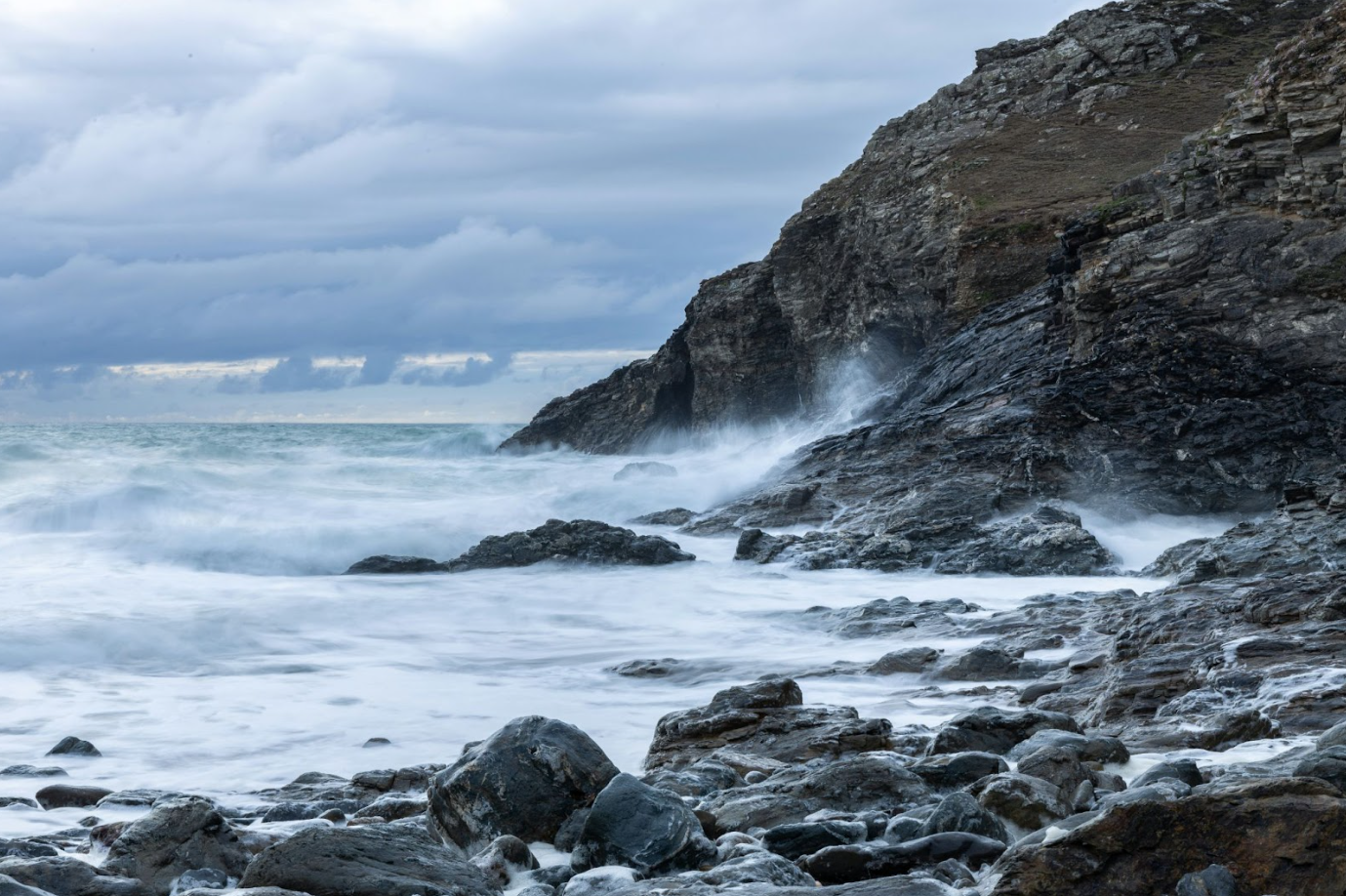
Photo by Anthony Gilbert on Unsplash
-
Chapel Porth Beach, Cornwall
If things that slither are of interest, then the southern banks of Chapel Porth Beach are home to common lizards, adders and slow worms. Overhead, you’ll find sea crows, most widely known for their bright red legs and curved bill, while in the sea below seals and harbour porpoises are present year-round.
In the height of summer you might even spot basking sharks close to the shoreline – beware! When the tide’s out, the rockpools are the perfect place to spot marine wildlife aplenty.
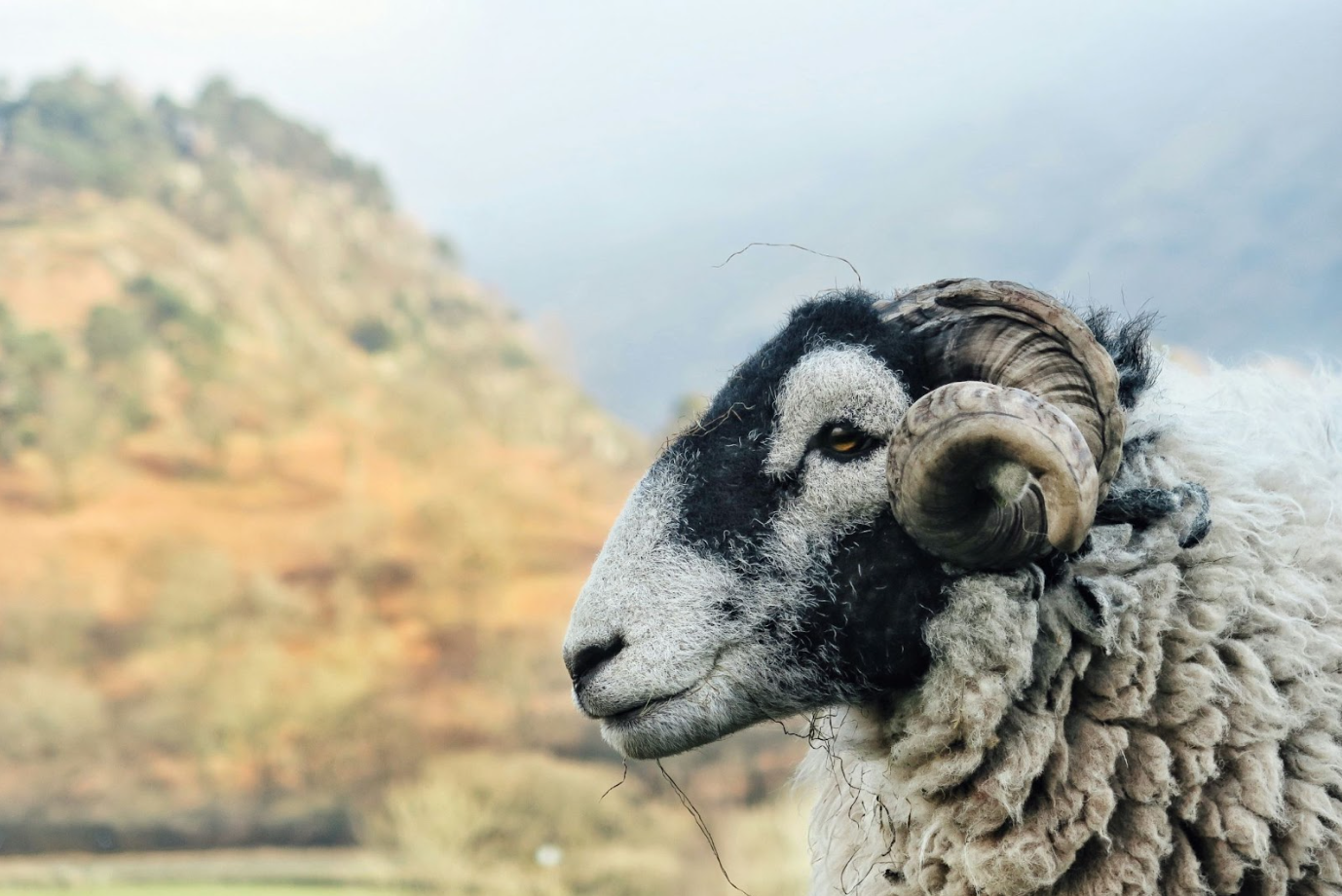
Photo by George Hiles on Unsplash
-
Ennerdale Water, Lake District
With over 1,400 different walks to choose from, and a whopping 116,458 reviews from AllTrails users, the Lake District is certainly one of the most popular spots for people looking for adventure in the UK.
The walks around Ennerdale Water are teeming with wildlife, from red deer and red squirrels to otters and pine martens, as well as over 100 different species of birds and the reintroduced marsh fritillary butterfly, this is the best place to see the animals of the Lake District in all their shapes and sizes.


